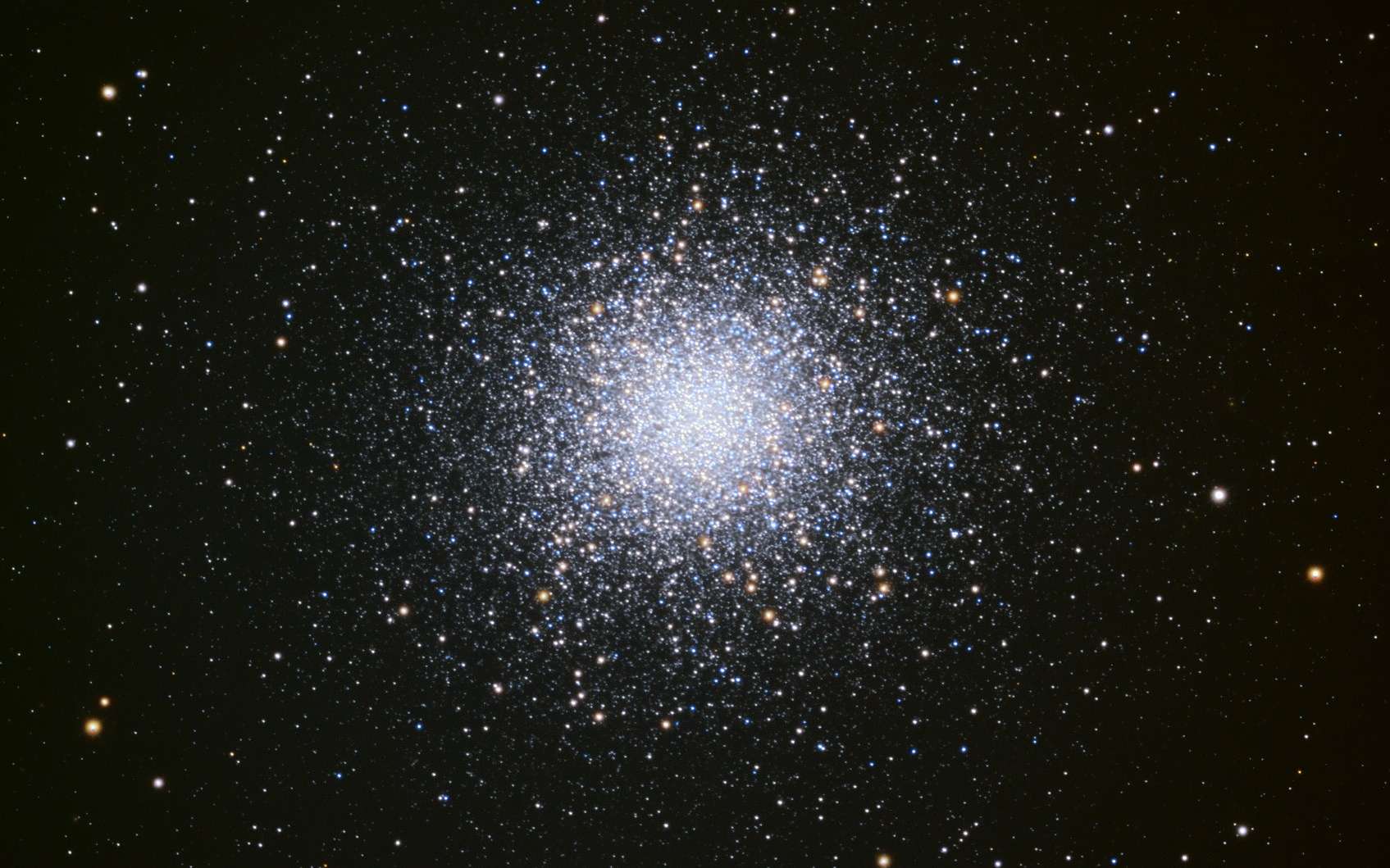
The majority of stars in the Milky Way are hardly more massive or lighter than the Sun and they live for at least a few billion years. Stars of a few tens of solar masses are much rarer. We know of a few cases that seem to exceed a little more than 200 solar masses, but the theory of stellar structure tells us that stars exceeding 150 solar masses become very unstable.
However, early in the history of the observable Universe, when the nucleosynthesis of elements heavier than lithium was just beginning in the first stars a few hundred million years after the Big Bang, the existence of supermassive stars exceeding a thousand solar masses. They were made possible precisely because those elements which astrophysicists by convention call metals – even if carbon, oxygen and nitrogen are not metals for chemists – modify the way in which the light produced by thermonuclear reactions fusion interacts with star matter, shifting the balance between the gravitational forces that compress a star and the radiation pressure that opposes the gravitational contraction.
Nicolas Prantzos, CNRS, Institute of Astrophysics of Paris, tells us about the nucleosynthesis of elements in two videos. © French Society of Exobiology
Supermassive stars produced by multiple mergers?
Astrophysicists have considered the existence of supermassive stars in the context of several scenarios and in particular to explain a curious anomaly observed in the chemical composition of stars in globular clusters. Now, precisely, an international team made up of researchers from the universities of Geneva (Unige) and Barcelona, as well as from the Institute of Astrophysics of Paris (CNRS and Sorbonne University) has just announced via an article published in Astronomy and Astrophysics, but which can be found freely on arXiv, that she thought she had found the cosmochemical trace of these stars. These traces support the existence of stars containing 5,000 to 10,000 solar masses in globular proto-clusters, born about 440 million years after the Big Bang.
To obtain this result, the researchers mobilized the James-Webb telescope by observing a compact galaxy which is the most distant detected with the Hubble telescope: GN-z11.
To understand what is going on with the work now published, remember that globular clusters are groupings of stars that are among the oldest known. They are not recent products of stellar nurseries like the open clusters observed in the spiral arms of the Milky Way, for example. But just like the open clusters, the stars making up the globular clusters must all have been born at the same time or almost, more than 10 billion years ago.
The globular clusters should therefore be rather chemically homogeneous and with metal levels, a metallicity, as astrophysicists say in their jargon, low. However, we find in these globular clusters sometimes significant deviations from these predictions.
A theory proposed to explain these anomalies is based on the fact that the globular clusters being particularly compact, one can find up to a million stars in a sphere of a hundred light years at most. Calculations then show that a kind of chain reaction can occur, ultimately leading to a large number of stars colliding to end up giving, by a kind of snowball effect, supermassive stars that can therefore contain between 5 000 and 10,000 solar masses.
A video of the educational course AstrobioEducation. © French Society of Exobiology
An exotic and massive synthesis of nitrogen nuclei
We know how to model these stars and the thermonuclear reactions that make them shine two million years at most before they explode in a supernova, throwing newly formed elements back into the interstellar medium.
Calculations then show that these stars, whose core is initially five times hotter than our Sun (75 million °C), will produce very specific quantities of heavy elements and in particular many nitrogen nuclei. Some of these stars born in clusters can therefore somehow “pollute” the other stars after their explosion, accounting for anomalies in the abundances of oxygen, nitrogen, sodium or even aluminum which are indeed different from one star to another in the clusters.
However, as explained in a press release from Unige Corinne Charbonnel, ordinary professor in the Department of Astronomy of the Faculty of Sciences of Unige, and first author of the study with her colleague Nicolas Prantzos from IAP, “ today, thanks to data collected by the James-Webb space telescope, we think we have found a first clue of the presence of these extraordinary stars “.
Let us return now to the observations of the James-Webb telescope concerning in the infrared the galaxy GN-z11 which is observed such as it was 13.3 billion years ago. Its heart is particularly compact and everything indicates that it is surrounded by globular clusters. The researchers believe they had already been “polluted” by the supermassive stars they started modeling in 2018.
Indeed, still in the Unige press release, “ it has been established that this galaxy harbors very high proportions of nitrogen and a very high density of stars “, declares Daniel Schaerer, co-author of the study and associate professor in the Department of Astronomy of the Faculty of Sciences of Unige. ” The strong presence of nitrogen can indeed only be explained by the combustion of hydrogen at extremely high temperatures, which only the core of supermassive stars can reach, as shown by the models of Laura Ramirez-Galeano, Master’s student in our team “, adds Corinne Charbonnel.




GIPHY App Key not set. Please check settings